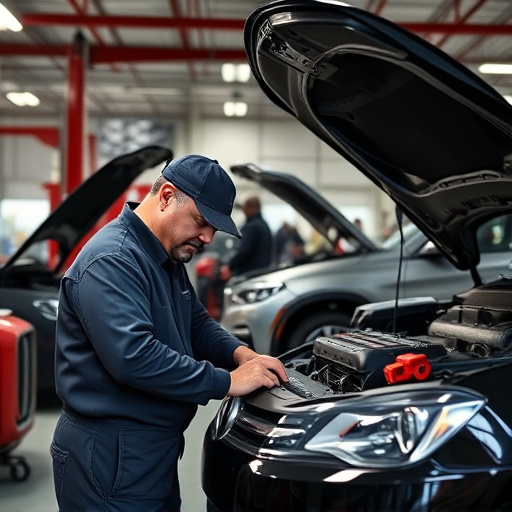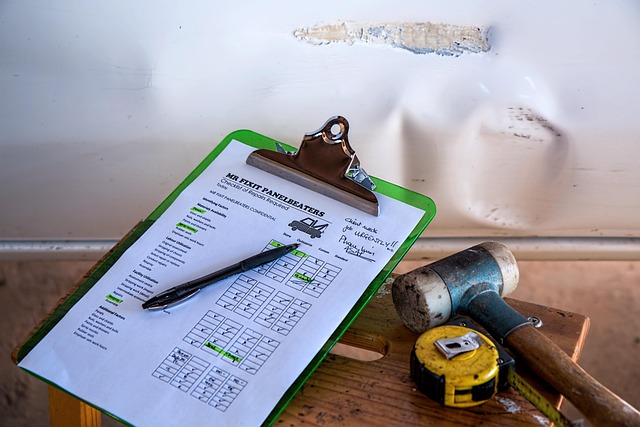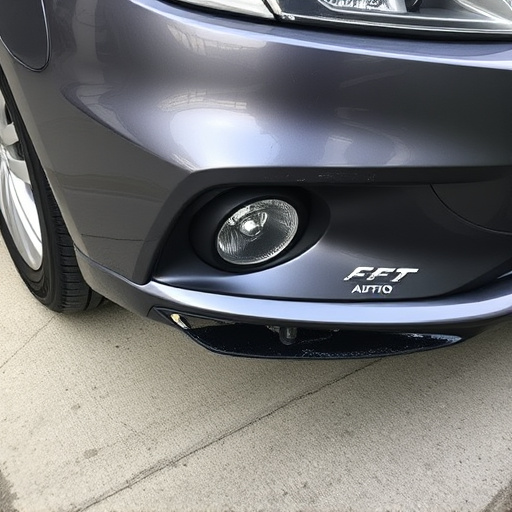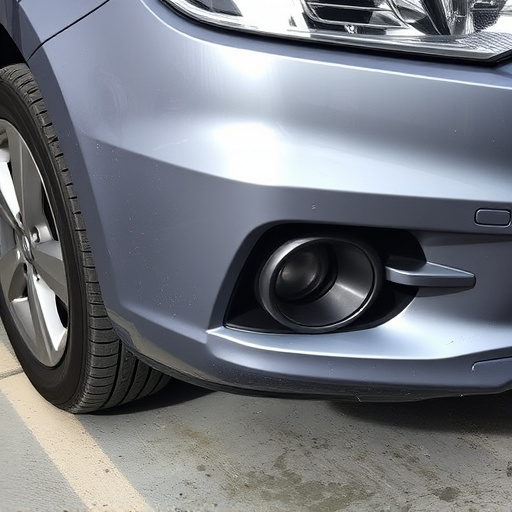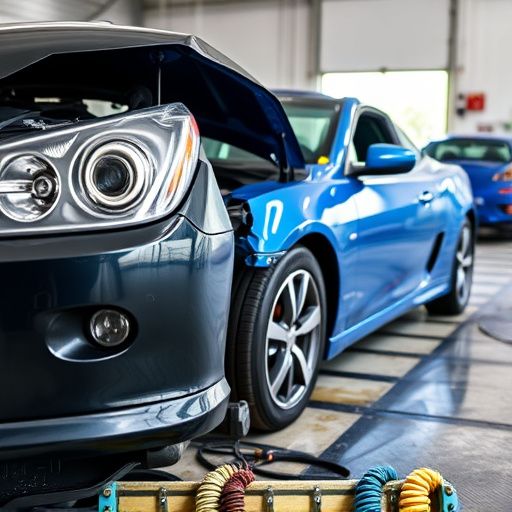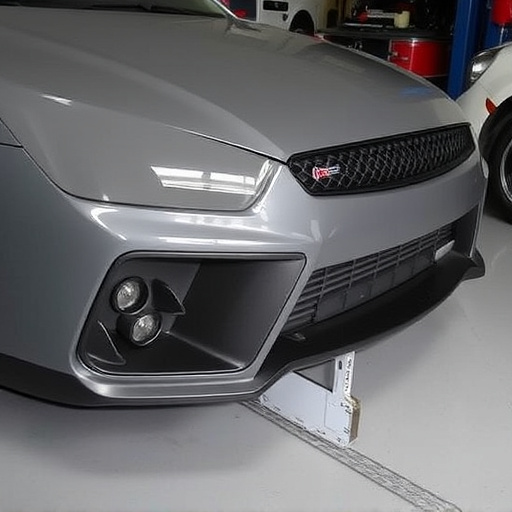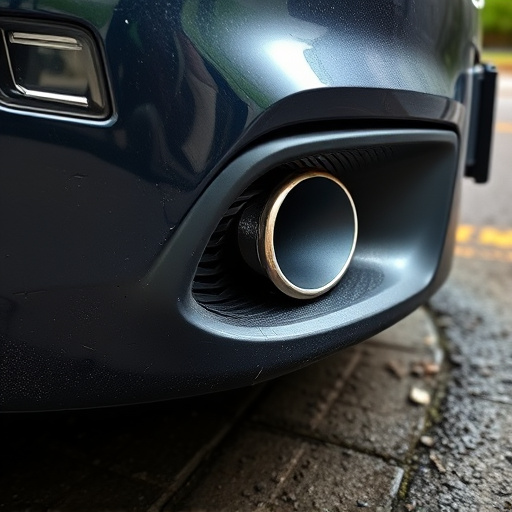Tesla battery protection systems (BPS) monitor vital battery parameters to ensure safety and performance. Common issues include short circuits, power losses, and overcharging, leading to reduced range and vehicle problems. Specialized repair techniques like paintless dent repair and advanced diagnostics are needed. Diagnostic testing is crucial for accurate post-collision repairs, ensuring long-term Tesla battery protection repair quality and vehicle safety.
Tesla vehicles are renowned for their cutting-edge technology, and their battery protection systems are no exception. This comprehensive guide delves into the intricacies of Tesla battery protection repair and diagnostic testing. Understanding these systems is crucial for ensuring optimal vehicle performance and longevity. We explore common issues, effective repair techniques, and advanced diagnostic methods to help identify and resolve problems promptly. By mastering these skills, folks can foster a robust and reliable electric vehicle experience.
- Understanding Tesla Battery Protection Systems
- Common Issues and Repair Techniques
- Diagnostic Testing for Optimal Performance
Understanding Tesla Battery Protection Systems

Tesla Battery Protection Systems (BPS) are designed to safeguard the vehicle’s high-voltage battery pack from various forms of damage and ensure optimal performance and longevity. These systems play a crucial role in the overall electric vehicle (EV) ownership experience, offering peace of mind for Tesla owners. The BPS employs advanced sensors and circuitry to monitor critical parameters such as voltage, temperature, and current, detecting anomalies that could indicate potential issues.
When it comes to Tesla battery protection repair, understanding these systems is essential. Diagnosing problems accurately requires knowledge of how the BPS functions in tandem with other vehicle systems. For instance, a skilled technician might employ techniques like paintless dent repair on the vehicle bodywork to address cosmetic dents without compromising structural integrity or affecting the BPS’s performance. Such specialized repairs ensure that the EV remains safe and efficient, addressing both aesthetic and functional concerns.
Common Issues and Repair Techniques

Tesla battery protection systems are designed to safeguard against various issues, but like any component, they can encounter problems over time. Common issues include short circuits caused by damaged or cracked protective casing, faulty connectors leading to power losses, and overcharging events that can degrade the battery’s health. These issues may manifest as reduced driving range, unexpected shutdowns, or difficulty in starting the vehicle.
Repairs typically involve specialized techniques tailored to each problem. For instance, a collision repair center might be required to replace damaged casings and ensure structural integrity. In cases of faulty connectors, skilled technicians use diagnostic tools for pinpointing issues before performing tire services or car paint repairs, if necessary, to restore the battery’s optimal performance. Advanced diagnostic testing is crucial in identifying the root cause of any malfunction, ensuring that Tesla battery protection repair is effective and long-lasting.
Diagnostic Testing for Optimal Performance

Diagnostic testing is a crucial step in ensuring optimal performance from your Tesla’s battery protection system. When it comes to Tesla battery protection repair, a thorough diagnosis is key. This involves running specialized tests to identify any issues within the intricate network of sensors and modules that make up the battery management system. By employing advanced diagnostic tools, technicians can uncover subtle problems that might otherwise go unnoticed, such as intermittent power fluctuations or communication errors between components.
In the event of a fender bender or collision, a collision repair shop equipped with the latest technology can perform comprehensive diagnostics to assess any damage to the battery protection system. This includes testing for short circuits, voltage imbalances, and other potential hazards that could impact the long-term health and safety of your Tesla’s battery. Unlike traditional paintless dent repair methods, these diagnostic checks are essential for maintaining the vehicle’s overall electrical integrity, ensuring trouble-free operation for years to come.
In conclusion, understanding and addressing Tesla battery protection systems is key to maximizing the lifespan and performance of your electric vehicle’s crucial energy source. By being aware of common issues and employing effective repair techniques, along with utilizing diagnostic testing, owners can ensure their Tesla’s battery remains in optimal condition. This proactive approach not only enhances driving experience but also contributes to the overall sustainability of these innovative vehicles.

